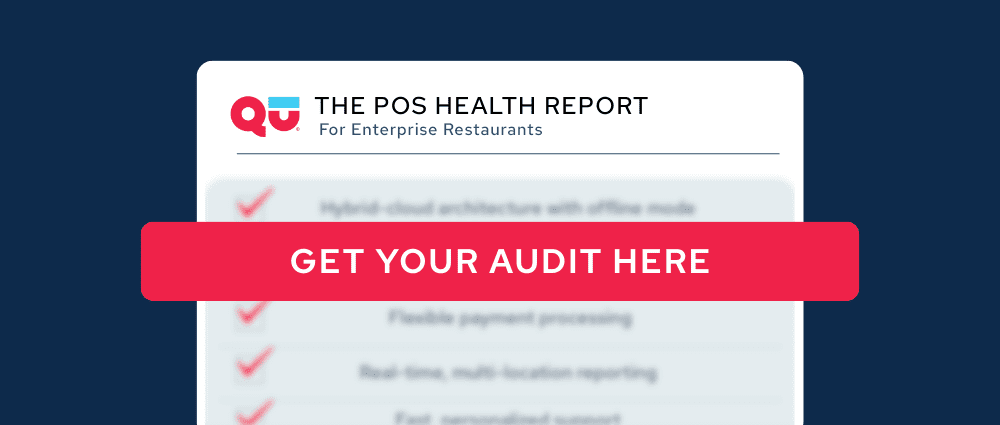Is Your POS Holding You Back?
Your POS was supposed to be the backbone of your operations—stable, efficient, and enabling growth. But lately, it’s feeling more like a liability. Downtime during peak hours. Broken integrations. Sluggish reporting. Sound familiar?
You’re not alone. Restaurant leaders across the industry are asking the same question:
“How do I know when my POS has reached its end of life?”
This article will help you spot the signs, understand what’s at stake, and strategically navigate your next move.
What “End-of-Life” Really Means for POS
It’s not just about the vendor pulling support or stopping updates.
When a POS reaches end-of-life, it no longer aligns with your business needs. It fails to keep up with your pace of growth, technology stack, and guest expectations. The system may still “work,” but it’s costing you—in speed, data, dollars, and experience.
7 Unignorable Signs Your POS is at its End
Here are the top indicators it’s time to move on—sourced directly from conversations with enterprise restaurant operators, CIOs, and Qu’s own sales team:
1. Frequent Downtime or Crashes
If your POS is down too often, you’re bleeding revenue and trust. Frequent downtime and unstable systems lead to order delays, staff frustration, and unhappy guests.
2. Broken or Unstable Integrations
Modern restaurants rely on a connected tech stack. If your POS is difficult to integrate with other partner systems or constantly drops orders from online channels, loyalty apps, or delivery platforms—it’s not built for today’s digital ecosystem.
3. Poor Customer Support (+ recent acquisition)
If your POS vendor was acquired by a payments company, or you’re getting routed through endless tiers of “support,” you’re probably no longer a priority. Many customers report that customer support quality plummets post-acquisition.
4. You’re Outgrowing the Tech Stack
Aggressive growth plans demand a system that scales. Whether you’re opening 10 new units or rolling out new digital channels, your POS should keep pace—not slow you down.
5. Leadership or Strategy Has Shifted
New leadership often signals a desire for modernization. Whether it’s a focus on customer experience, digital transformation, or compliance and accountability, old POS systems rarely make the cut.
6. You’re Flying Blind with Bad Data
Poor data access and visibility means you’re making decisions in the dark. If reporting is slow, manual, or disconnected across locations, that’s a major red flag.
7. The Guest Experience is Slipping
Speed, accuracy, and personalization are non-negotiables today. If your POS can’t handle efficient order management or flexible payment options, your guests will notice.
Why Staying on a Legacy POS Is Risky
Holding onto a legacy POS doesn’t just slow you down—it bleeds resources across your entire operation. From inefficiencies and increased labor costs to lost revenue and limited innovation, outdated systems keep your team in reactive mode. The longer you delay, the harder it becomes to scale, adapt, and deliver the experience today’s guests expect.
If your current POS can’t deliver on the following, it’s time to look ahead:
The Modern POS Checklist
Hybrid-cloud architecture with offline mode
Stable integrations with third-party systems
Flexible payment processing
Real-time, multi-location reporting
Fast, personalized support
Easy customization and digital feature rollout
Compliance, security and accountability tools
What to Do Next
Run a POS Health Audit: Start with a cross-functional review: Ops, IT, Finance, and Marketing. Score your POS against business goals, not just features.
Talk to Peers: Leverage your network. Ask what systems other operators use—and what they wish they had done sooner.
Explore Modern Platforms: Look for POS platforms with hybrid-cloud and micro-services architecture, flexible integrations, and a customer-first roadmap (hint: Qu was built for this).
Ready to See What's Possible?
Your POS shouldn’t slow you down—it should be a platform for innovation and growth.
If the signs we’ve covered are hitting close to home, now’s the time to evaluate your next move. Reach out to Qu for a free POS Health Audit and scorecard.

